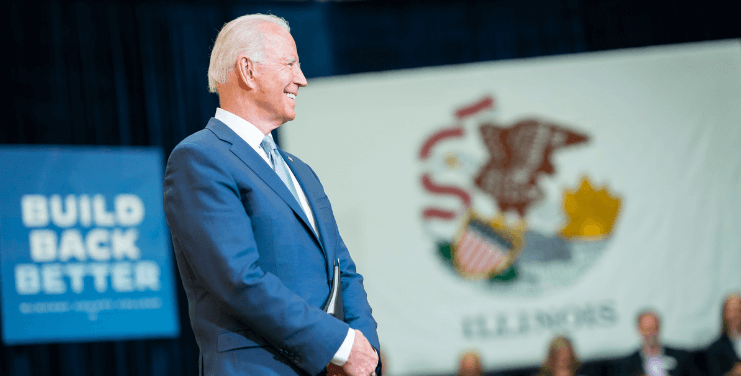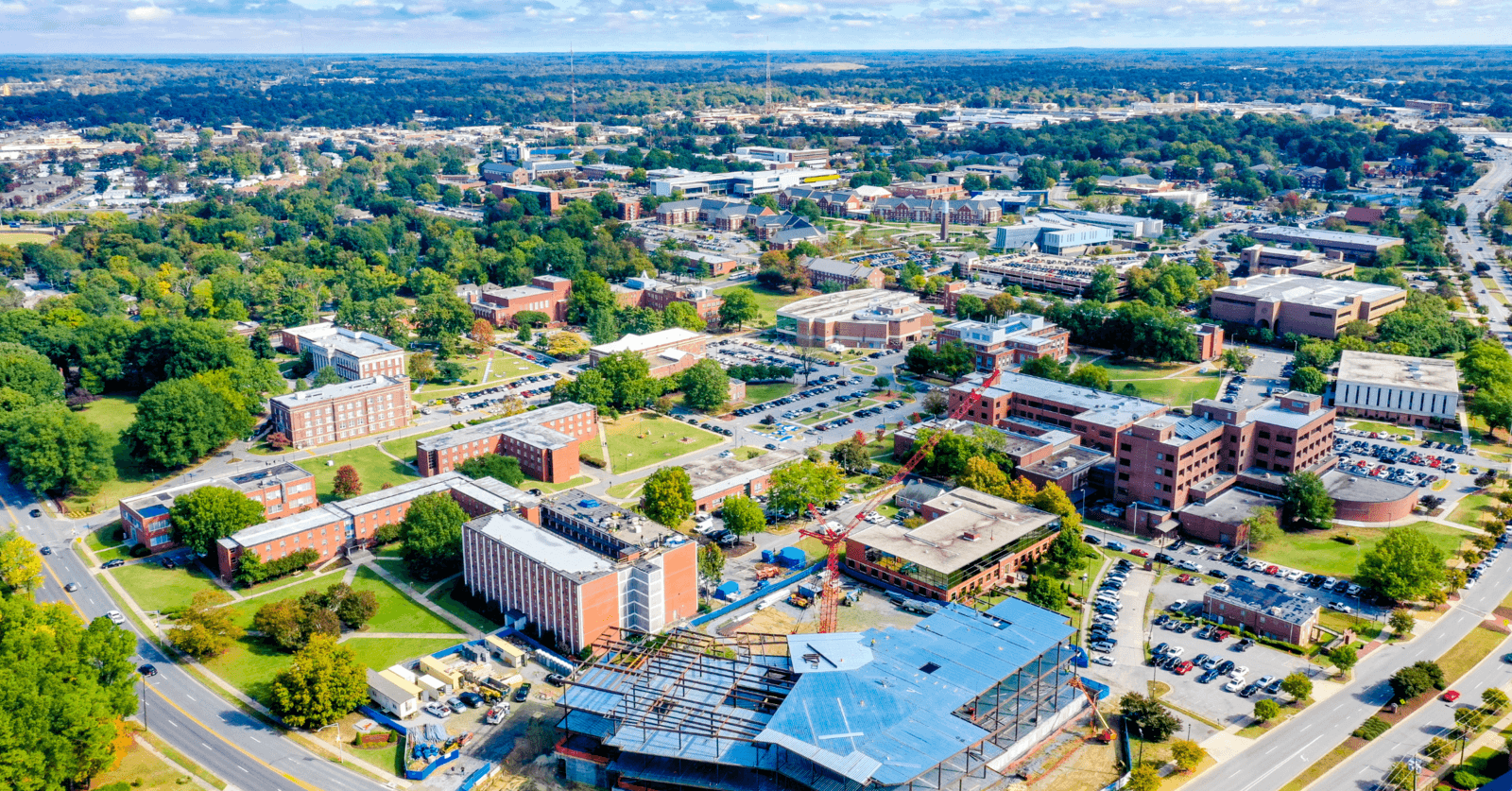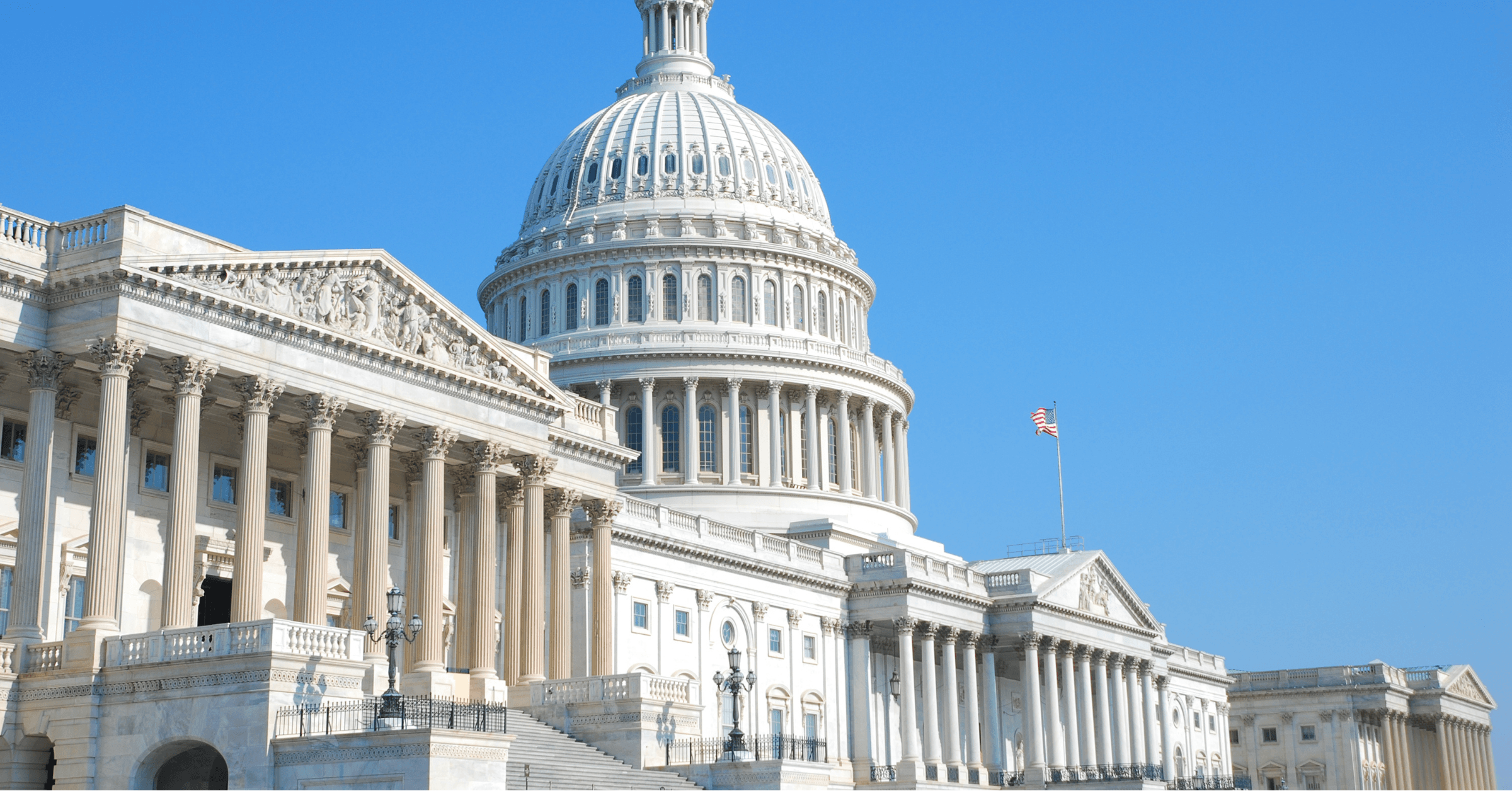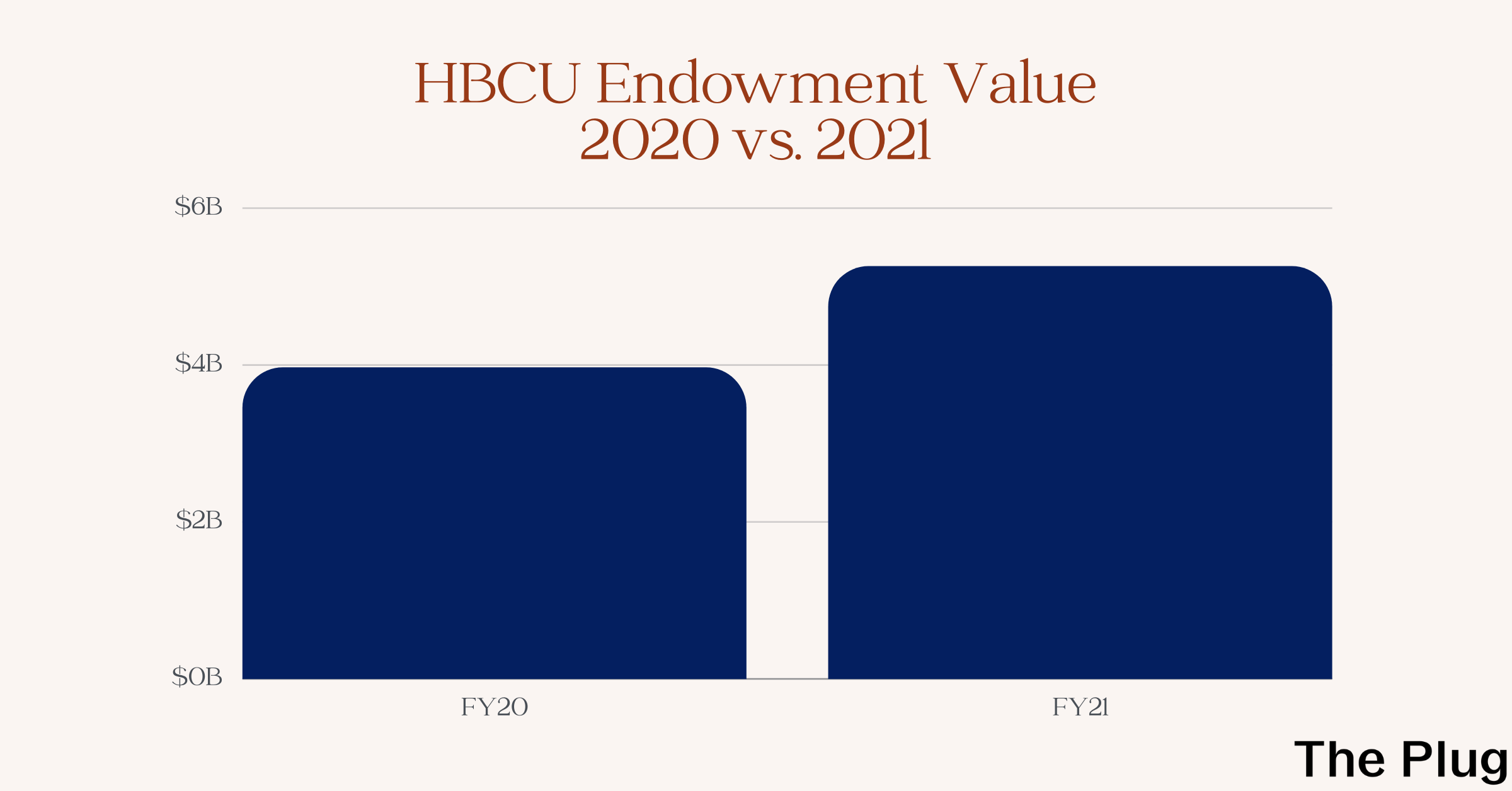KEY INSIGHTS
- The Senate Majority Leader is aiming to pass the Build Back Better Act by Christmas
- Despite HBCU advocates rejecting the initial version of the bill, they are now actively pushing senators to pass what the House sent over
- HBCUs could have access to roughly $10 billion in funding if the bill is signed by Biden
By Christmas, Joe Biden’s landmark Build Back Better Act, a bill that could expand access to education, pre-k, healthcare, parental leave and more through federal subsidies, could become law, according to Senate Majority Leader Chuck Schumer.
The House of Representatives passed the roughly $2 trillion measure in late November, but intra-party fighting among Senate Democrats is stalling the legislation. As the bill inches closer to becoming law, here’s what it could mean for historically Black colleges and universities.
Decreased funding for HBCUs, but more support from advocates
While the Build Back Better Act sits with the Senate now, the path to majority vote in the House was not easy, especially when it came to the provisions related to HBCUs.
In the September version of the bill, HBCUs and other minority-serving institutions (MSIs) would have had access to about $30 billion in funding, but at the time HBCU advocates said that was not enough.
Democratic Rep. Alma Adams, one of the staunchest advocates of HBCUs in Congress, threatened to vote against the bill because she felt the level of funding was inadequate and it would force HBCUs to compete against hundreds of other schools for research grants.
In the version that passed the House in late November, however, the $30 billion was cut to $10 billion, though Rep. Adams voted for the lower funding amount and dozens of HBCU leaders are pushing the Senate to pass the bill.
“There were three things that the Congresswoman wanted to see in the Build Back Better as far as the HBCU provisions before she’d feel comfortable with it,” John Christie, Chief of Staff for Rep. Adams and a Hampton University alum, told The Plug.
The first was an increase in the amount of funding for research infrastructure.
“The total was $2 billion back in September, which increased to $3 billion in the version that just passed the House, so she was very happy to see that,” Christie said.
Rep. Adams and other HBCU advocates also did not like the provision in the original bill that would prioritize funding for HBCUs that had received $10 million or less in research grants. They said it would unfairly impact certain research-intensive HBCUs that have received more than $10 million in funding, but still need more in order to become part of the upper echelon of research universities. That prioritization language was removed in the bill that the Senate is now considering.
Rep. Adams’ third objection was that all MSIs would be competing for the same research funding, a concern echoed by the United Negro College Fund (UNCF).
In September, the UNCF urged supporters to send a pre-written email to their representatives that asked lawmakers to “support the [bill] but only with increased funding for HBCUs. Currently, HBCUs are forced to compete with institutions that look nothing like HBCUs for [funding], and that is unfair and insensitive to the summer racial recognition and unrest we experienced last summer. Guardrails should be placed around that funding.”
Now, the Secretary of Education will have to separate the funding for the different types of MSIs, although how much money will go to HBCUs versus Hispanic-Serving Institutions, Tribal Colleges and others has not been decided.
Yet, HBCUs will have access to roughly $20 billion less than the initial version of the bill, which Christie said was largely due to a massive decrease in funding in a tuition assistance proposal.
Initially, Congress was allocating money for tuition assistance at all MSIs. It would have given grants to subsidize part of low-income students’ tuition based on the number of eligible students at the school and the median community college tuition and fees in the school’s state — approximately $27 billion in assistance, according to Christie.
But Democrats took out the free community college initiative that Biden had originally promised on the campaign trail and decreased tuition assistance across the board.
That assistance is now part of about $6 billion to HBCUs and other MSIs through Title III and Title V of the Higher Education Act of 1965.
Title III provides “funds to improve and strengthen the academic quality, institutional management, and fiscal stability of eligible institutions,” according to the Department of Education. Schools can also put the funds towards their endowments, though typically no more than 20 percent, and Title V is focused specifically on Hispanic-Serving Institutions.
Federal funding continues to be vital for HBCUs
Public HBCUs rely on federal, state and local funding more than their non-HBCU counterparts, about 54 percent of overall revenue compared to 38 percent, according to the American Council on Education. Nonetheless, they have been chronically underfunded.
“Federal funding is important to all institutions, however, due to historic funding inequities it has become critical for HBCUs,” Andrew Scott, interim director of Research, Innovation, Science, and Engineering at Alabama A&M University, told The Plug. “Increased federal funding when complemented with private and corporate contributions provide tremendous support for HBCUs which have experienced inconsistent state funding.”
That underfunding has had a snowball effect on HBCUs, leading to deferred maintenance backlogs — repairs that were not performed when they should have been — across HBCUs. In 2018, the Government Accountability Office found that, on average, public HBCUs reported deferred maintenance backlogs of $67 million while at private HBCUs it was $17 million.
“Many of our schools are 150 years old and we have buildings that are very, very old that need major renovations and repairs, and/or to be demolished and rebuilt,” Daniel Wims, Provost and Vice President for Academic Affairs and Research at Alabama A&M, told The Plug.
For Wims, he would like to see more funding eventually come to HBCUs, ideally along the lines of the $40 billion in research infrastructure funding that Rep. Adams and other lawmakers asked for in August.
While Rep. Adams and HBCU advocates find the latest version of the Build Back Better Act more acceptable, they say it is still not enough.
“The Congresswoman is happy that we have some dedicated funding for [HBCUs] in the bill, but she’s not satisfied at all,” Christie said. “More definitely has to be done and should be done.”








